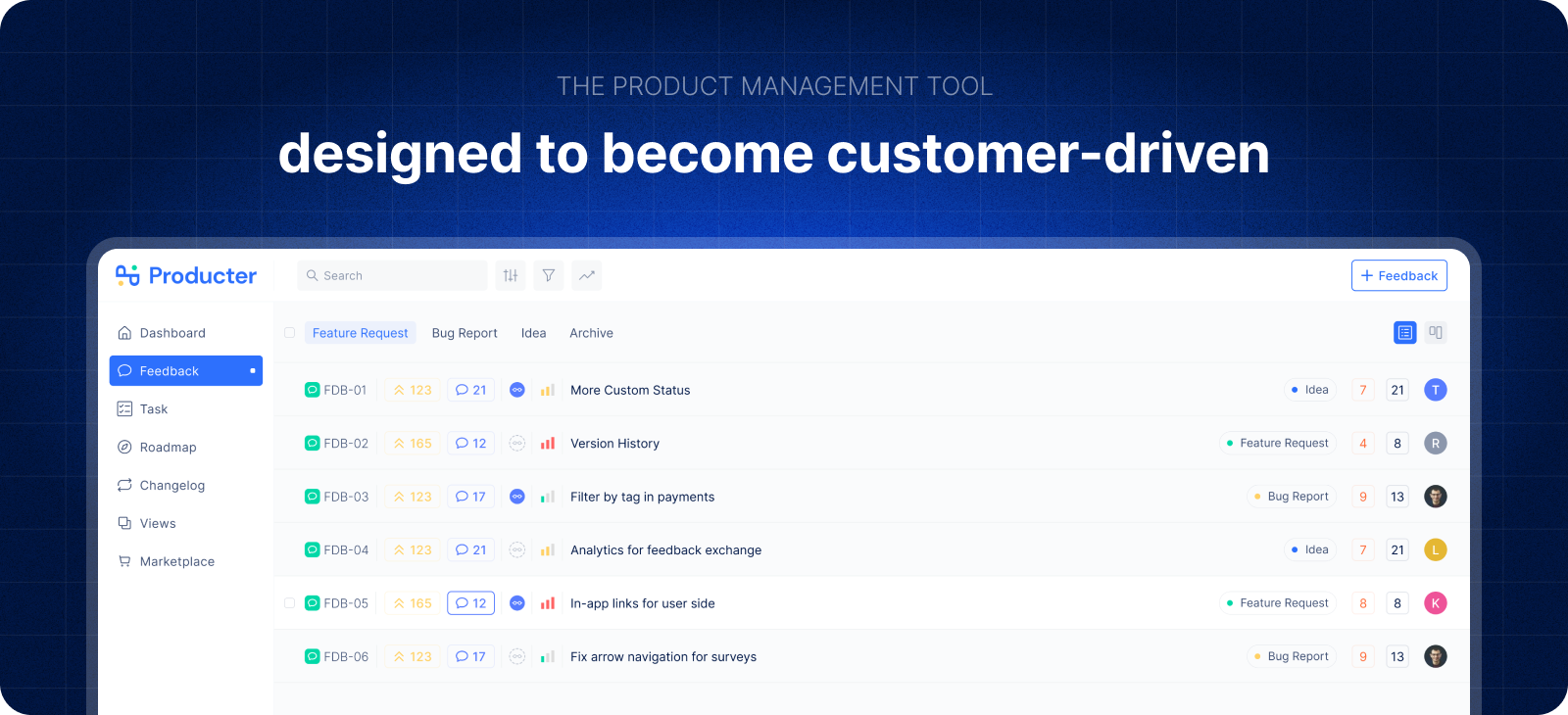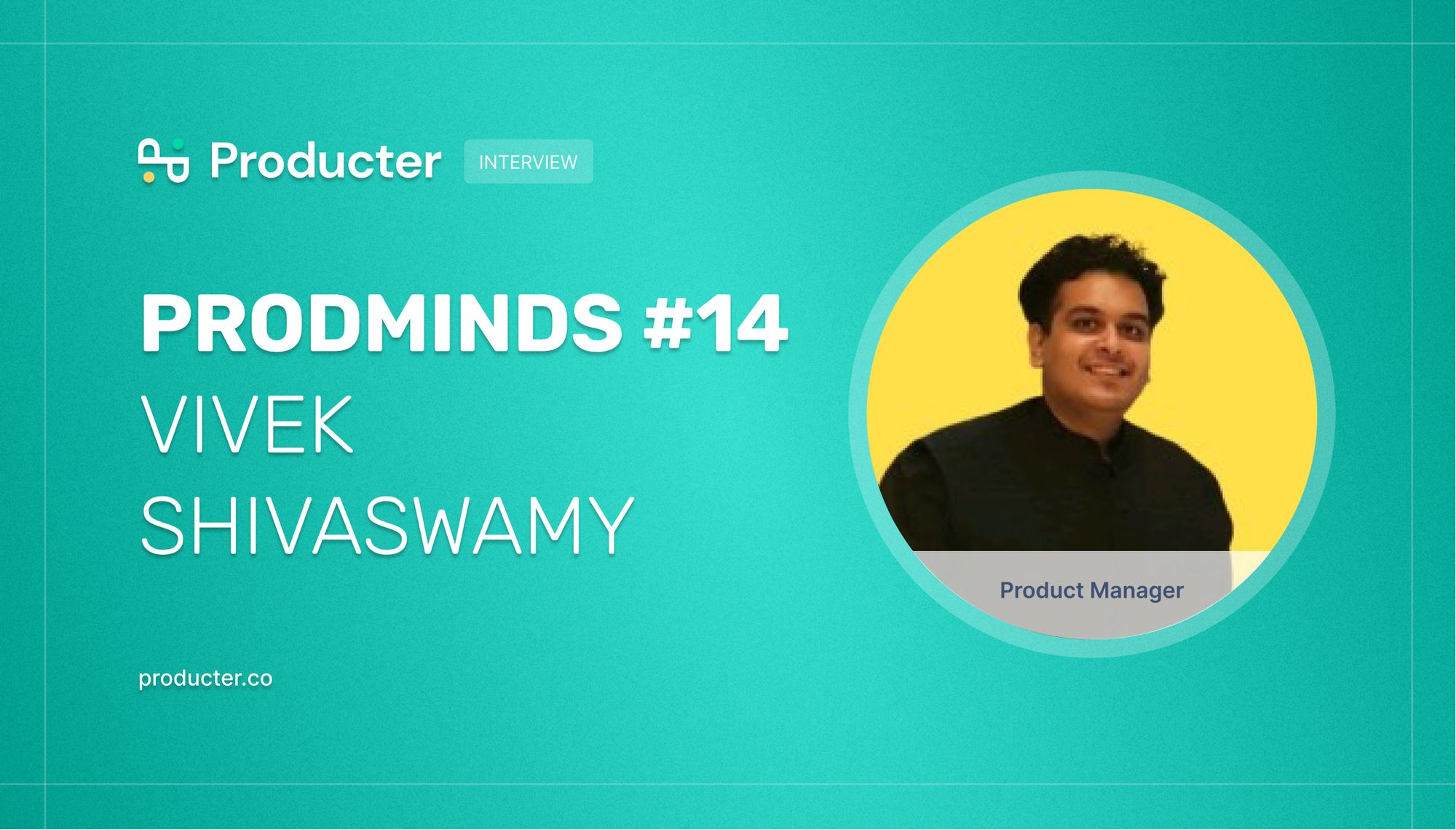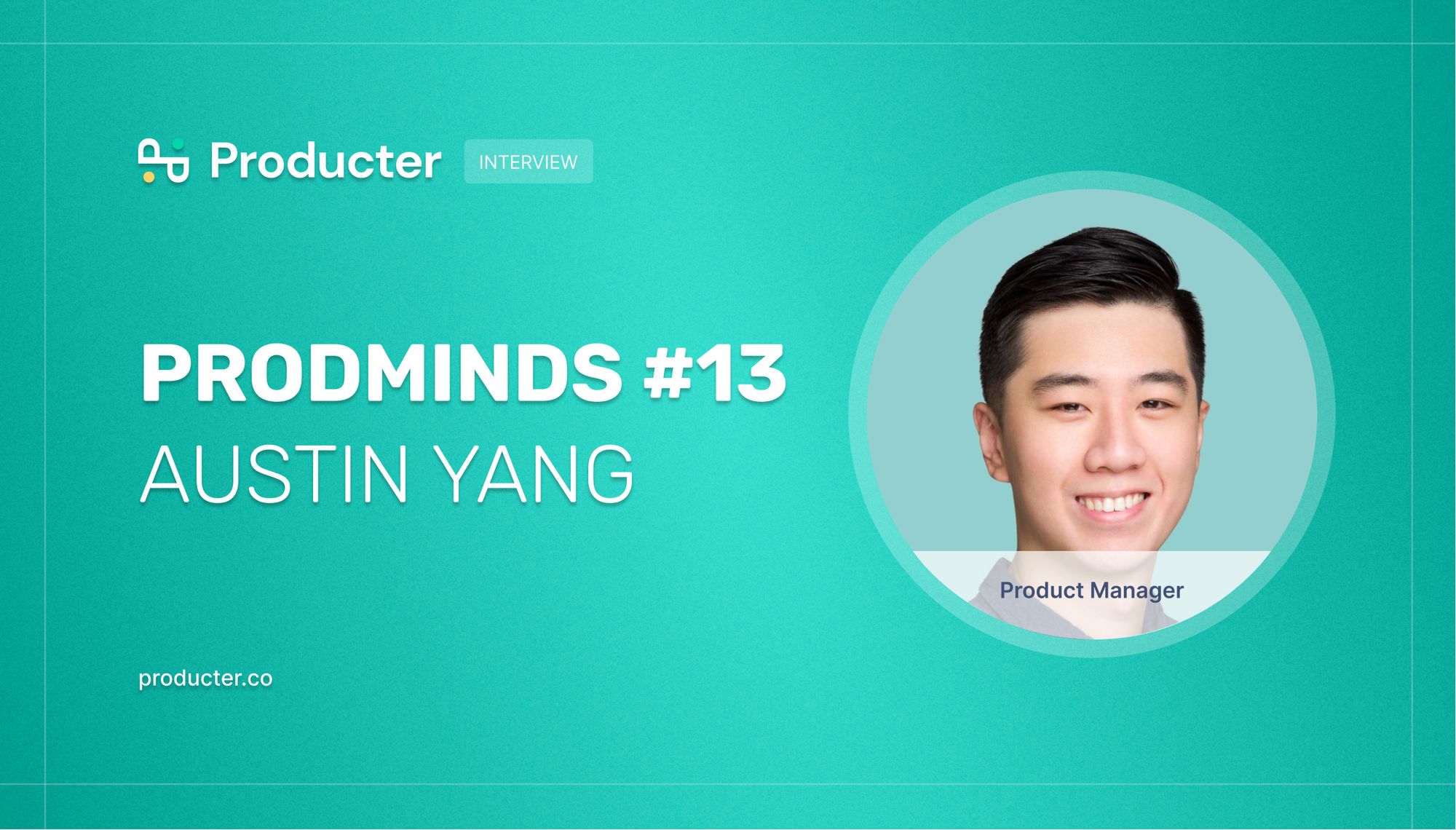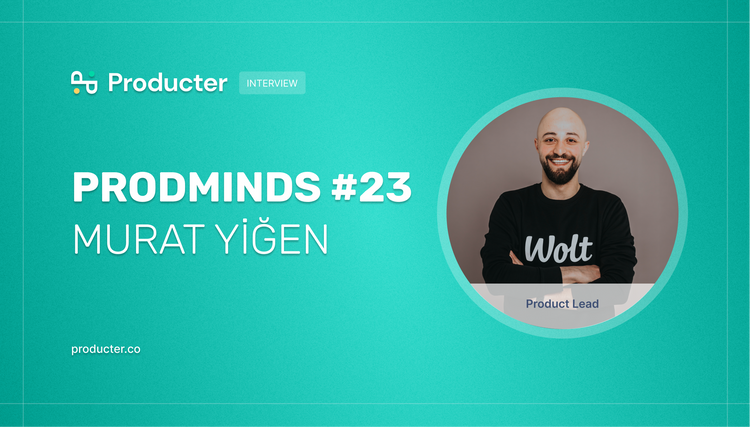Team Producter: Would you tell us a bit about you and your career path in product management?
Ankit: I had been an accidental PM who eventually became an experimental PM!
Having worked as a platform PM, growth PM and core PM across multiple sectors launching 0 to 1 and scaled products, in hindsight it all makes sense now, but at the beginning, it was not so intuitive!
I would divide my career progression as a PM into two stages.
🔑 Stage 1 – Building a PM mindset
Post MBA I joined Aditya Birla Group in a rotational program where I could explore multiple opportunities in multiple domains, I eventually chose to pick an opportunity to build a 0 to 1 fintech product UPI which had the potential to disrupt the payments landscape in India.
The timing was even sweeter because demonetization had just occurred, and we saw a massive uptake for digital payments.
However, as a first-time PM, I had little idea of what my work entailed (hence accidental).
I started building my product thinking through books/seminars/and blogs referred by my product leaders.
I did not restrict myself just to this literature though and utilized my passion for arts and history as a tool to build analogies to better understand nuances around the product, something which I actively use even today in my webinars, articles, and LinkedIn posts.
One takeaway here was – Never assume anything and obsess on understanding the why and what of a product with quick validation loops
🔑 Stage 2 – Taking it to the next level
At Airtel, I got an opportunity to transition to the role of Growth PM and grow user funnels
By now I was fairly acquainted with product practices and processes, but I needed to upgrade my analytical and experimentation skills
This stint was special because it helped me transition from an individual contributor into a people management role and beyond work build my product brand through multiple interactions/blogs/webinars with PMs across global firms.
The exposure to building a growth strategy for scaled products (mobility, AdTech, and startup accelerator program) for the next billion users was challenging yet rewarding.
My next stint at Amazon gave me an appreciation for customer centricity and a document-driven culture, a core PM skill that I carried forward to my current stint at Expedia where I am building eCommerce products to disrupt the travel ecosystem.
One takeaway here is – To be a strong product thinker, always assume your user in the same room while you are deciding about your product.
Team Producter: Which part of being a Product leader is the most challenging for you?
Ankit: One of the biggest challenges for me has been to communicate to different teams how a focus on the outcome is more effective than a focus on output.
Instead of “work fast and break stuff” you should work fast and learn quickly. What this means is that you have to understand problems you think you will be able to solve, run quick and cheap experiments and see how their results give you the closest desired outcome to the goal you want to reach. This will reduce the risk of business failure and will help you catch a potential issue without you spending your dev efforts
This needs a huge shift in mentality as teams have to be oriented towards continuous discovery and experimentation, this helps to be problem oriented than solution focused.
What does this look like? Well, instead of opening up, we are going to work on this product feature because a lot of people have asked for it. You are changing the conversation to, How might we create features that drive value for our customers, and also allow us to drive growth?
Team Producter: How do you think departmental silos affect product companies? In what ways do you build and maintain relationships with stakeholders from different teams?
Ankit: Collaboration is the fuel for product managers and the biggest challenge to this is posed by departmental silos. Departmental Silos come in shape of information, goals, tools, priorities or processes which forbids certain groups to share these with others leading to poor decision making in absence of common goals and hence poor product decisions
In my career as product manager I have always thought about reversible or irreversible decisions while in the product discovery phase. While reversible decisions are quick to make with little team alignment, it is the irreversible decisions which need frequent inter departmental alignment and hence a need for inclusivity.
In my experience I had a 3 pronged way to attack departmental silos and build solid relationships
a) Laying out all the information from all stakeholders in one place to see where is the difference in opinion to effectively resolve conflicts
b) Giving frequent product demos to sales and marketing departments so that they carve out the pitches and GTM sharply for the prospects and end customer
c) Not being the what team to a how team like in a traditional product world . Agility means involving your engineering team early in your vision and roadmap building exercise to get the feedback at the right moment
Team Producter: When it comes to listening to your users, what's your method? Is their input considered in critical product decisions?
Ankit: User feedback is critical for product decisions because it firstly helps validate assumptions around product and uncovers customer needs that help in effectively communicating them with engineering , design and business teams
My method around taking customer feedback starts with a clearly defined objective and personas I want to talk to . I also try to determine the complexity of product decision i.e. whether its high stake or low stake
Basis above parameters, I then try to mix and match multiple approaches to take user feedback which are qualitative and quantitative in nature
I have extensively used qualitative methods like 1:1 , in app feedbacks and focus groups in scenarios where I need to see product through user eyes and generate more ideas,A/B testing for low risk decision making and surveys to understand demographics and their product perception.
I have also extensively used the existing company data through contact center reps to get customer feedback
We continuously iterate and improve our products - sometimes, it becomes challenging to keep everyone in your organization and users updated on what is new. How do you communicate product updates inside your organization?
Well as I mentioned in one of my answers above , holding back information is tempting and convenient but it hurts the cross departmental decision making . It's better to over communicate than not doing so . This has been my mantra throughout my work life.
I do agree that every time it's difficult to give an update to everyone in your organization , but such situations are rare !
I have worked in organizations that had a strong document driven culture . The major benefit of this process is that information is out in open like a Wikipedia and anyone who needs it can simply search for it.
Top it up with monthly product demos in an open forum helped me drive right alignment with cross departmental teams
Live webinars , Q&As, monthly newsletters are another way to communicate product update
Team Producter: What's something that you learned/ realized recently in your work journey that you wish you knew earlier?
Ankit: Learning to say no effectively was something which I learned a bit late in my product career . I used to be a bit apprehensive as I felt I'd make enemies . But this overburdened me with expectations that I couldn’t fulfil within deadline.When I stopped being a people pleaser and started viewing product development initiatives more from lens of whether they are aligned with company’s strategic objectives or not , it was easy to decline or deprioritize a lot of those requests on feature additions . This was of course backed with a deep understanding of the market, company’s internal resources and capabilities, the competitive landscape, and any other factors that would affect my decision to include (or not include) a new feature or other request relating to product(s) I worked on.
Producter is a product management tool designed to become customer-driven.
It helps you collect feedback, manage tasks, sharing product updates, creating product docs, and tracking roadmap.

You may also like:








